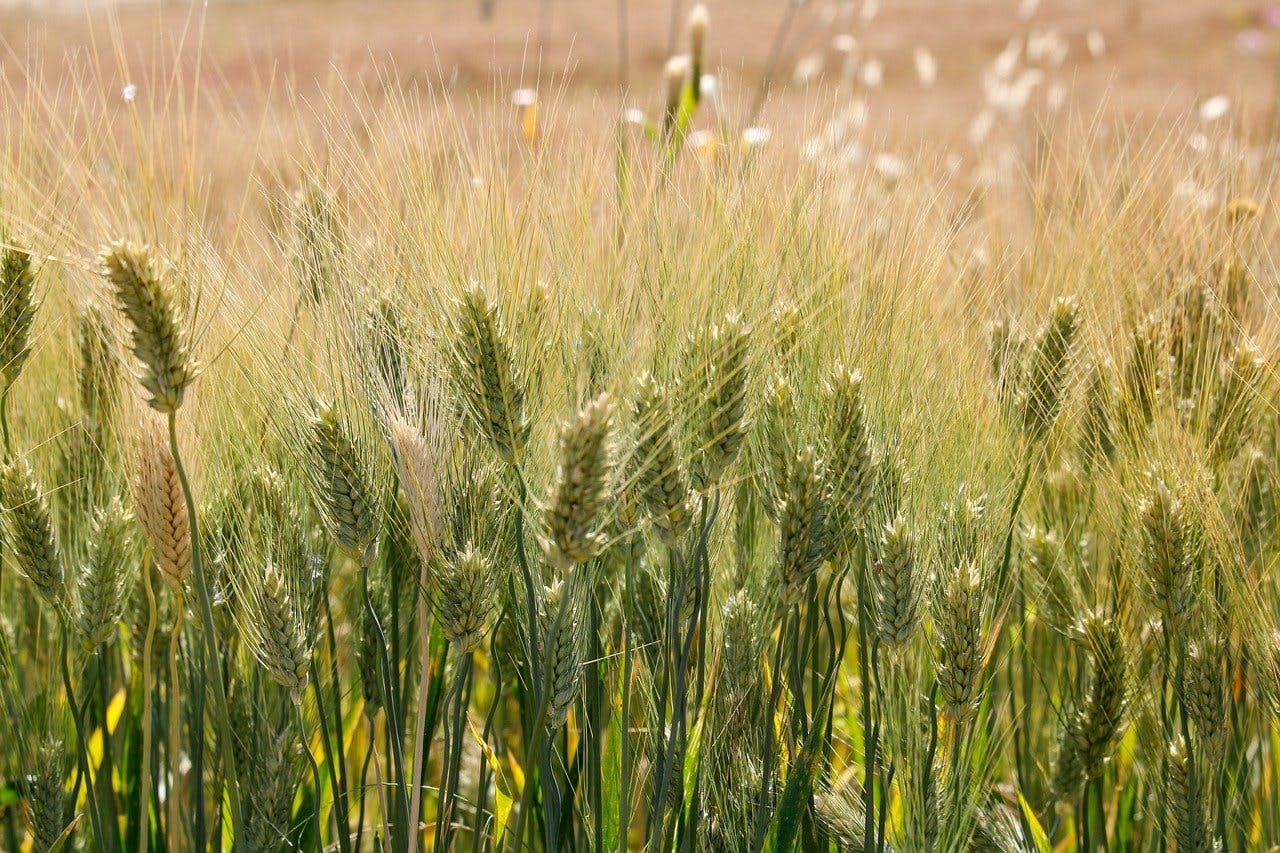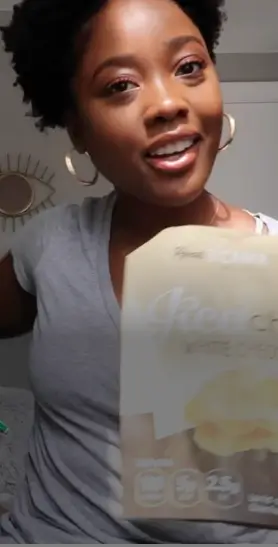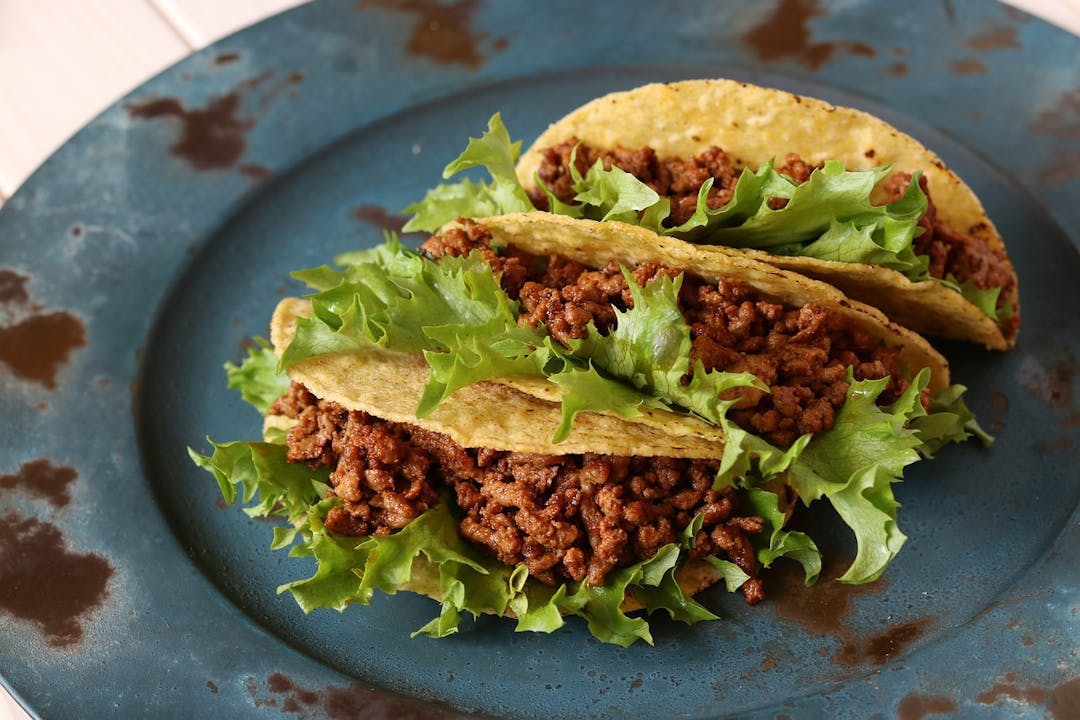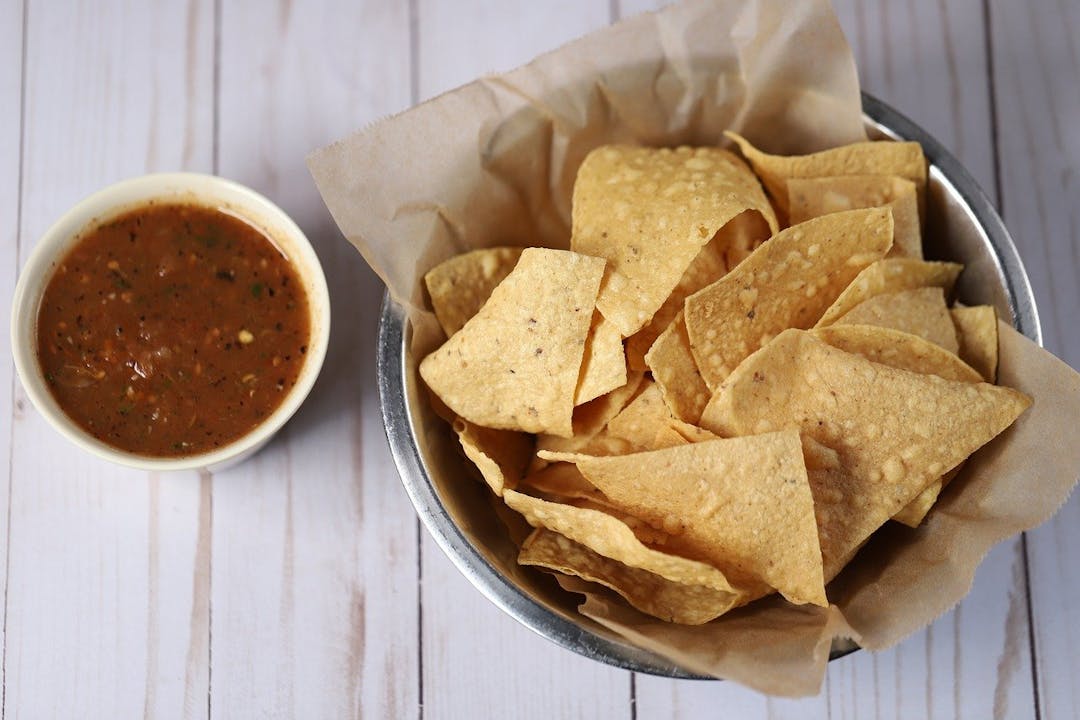

Find foods you can eat.
Uncovering Hidden Gluten: 10 Surprising Products to Watch Out For
Published on January 24, 2024Gluten, a protein found in wheat, barley, and rye, is a common component in many foods. While it’s well-known that bread and pasta contain gluten, there are several less obvious products where gluten lurks. For those with celiac disease, gluten sensitivity, or those who simply choose a gluten-free lifestyle, being aware of these hidden sources is crucial. Here’s a list of 10 surprising products that might contain hidden gluten:
1. Soy Sauce
Contrary to what many believe, most soy sauces contain wheat as a primary ingredient. Alternative options include tamari or gluten-free soy sauces. Always double check the label or make sure it says gluten free on the bottle, as it is possible that even tamari can still have wheat in it.
2. Processed Meats
Delicatessen meats, hot dogs, and sausages often use gluten as a filler or binding agent. Always check labels or opt for meats labeled as gluten-free. My favorite brand is Applegates. They use clean ingredients in their products and have many gluten free options.
3. Soups and Broths
Many commercially available soups and broths use wheat flour as a thickener. Look for soups labeled gluten-free or consider making homemade versions. Bouillon is a tricky one as many brands aren’t transparent on whether their products are safe or not. When purchasing, try to always look for gluten free on the label.
4. Beverages
Watch out for teas, smoothies, cocktail mixers, and coffee sweeteners. While most are completely harmless, gluten is sometimes used in these products. For example, with tea, they might use wheat grass. Wheat grass, if cleaned properly, can be free of gluten, but it would need to have a gluten free label on it to be sure. With smoothies and sweeteners, always check the ingredient label to make sure they haven’t added any malt or flour in there.
5. Oats
Oats are typically grown in the same field as wheat. This results in a significant risk of cross contact. When buying oats, make sure they are certified gluten free. There are two ways manufacturers do this. One method is using dedicated fields for growing oats, known as purity protocol oats. These products are typically harder to find and more expensive. The more common practice involves commodity oats, where manufacturers clean the oats to remove wheat and lab test them to ensure the gluten content is below 20 ppm.
6. Beer
Traditional beer is brewed with barley, a gluten-containing grain. Fortunately, there are several dedicated gluten-free brands nowadays. My favorite is Holidaily, a brewery based out of Colorado. They typically use buckwheat and millet instead of barley.
7. Medications and Supplements
Some prescription and over-the-counter medications, as well as dietary supplements, use gluten as a binding agent. Unfortunately the US government does not require them to disclose this information. The best way to handle this would be to contact the manufacturer or talk to a pharmacist about whether their product contains gluten.
8. Vegan Products
Several vegan products use gluten as a substitute. Seitan, a product made from gluten, is a common ingredient in many vegan ‘meats’. For example the Beyond Burger is gluten free while many Morning Star products are not.
9. Imitation Crab
When going to sushi restaurants, most crab-based rolls use imitation crab, which typically contains wheat. Either opt for fresh crab only or enjoy another fish like salmon or tuna. Just be careful that they don’t top with tempura or soak the fish in soy sauce / teriyaki.
10. French Fries
Many restaurants and pre-made products use seasonings that might contain a coating of flour. If you are sensitive to cross contact as well, be careful about shared oils in the fryer.
Navigating a gluten-free diet can be challenging, especially with gluten hidden in many unsuspecting products. Personally, I use the FIG app because it makes my life so much easier and cuts my time in half at the grocery store. To see if a product is safe I just have to scan the barcode. This makes me feel so much more confident in the food I bring home from the grocery store.
Always read labels, ask questions, and stay informed about the ingredients in your food and products.
 Low FODMAP Tacos
Low FODMAP Tacos Low FODMAP Chips & Salsa
Low FODMAP Chips & Salsa